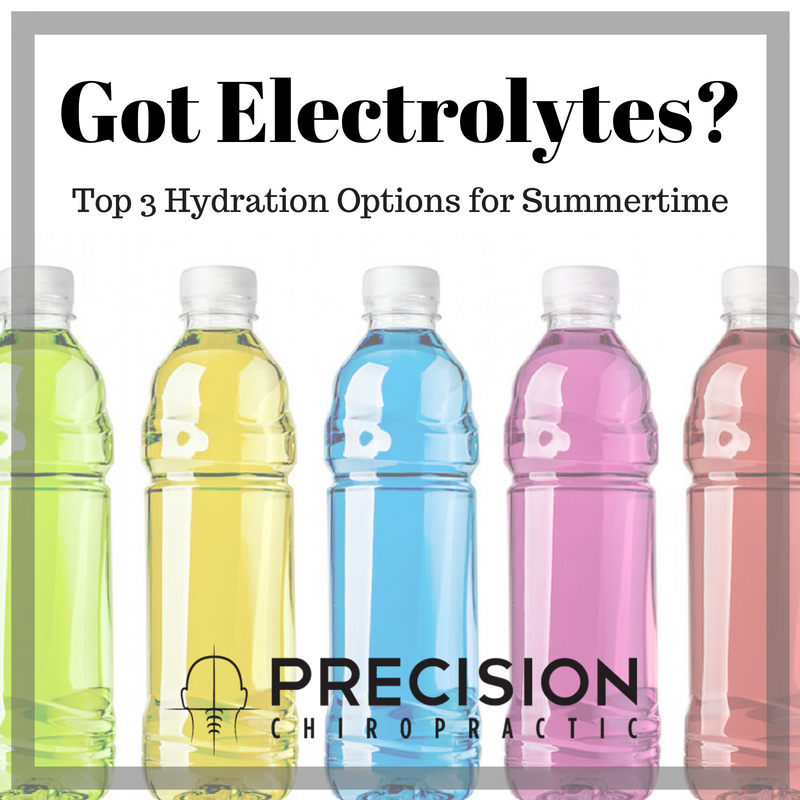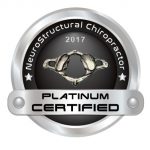
“I couldn’t use my whole right arm, I had two ruptured disc on my MRIs and they wanted to do surgery. I couldn’t use my hands. I was actually handicapped. I’m a welder and I couldn’t work or fish.
Let me tell you, It changed my whole life, it was that dramatic to me and everyone had seen, all the guys I was working with, they probably forgot now how bad it was but I remember I couldn’t get the work done.
It has been worth the 1.5 hour drive to see you.
After listening to the neurosurgeons and other people, the other chiropractors, it was hopeless. You gave me hope and I believe in prayer and the good lord working in our lives and thats why I am where I am at today.”
-Joey C.
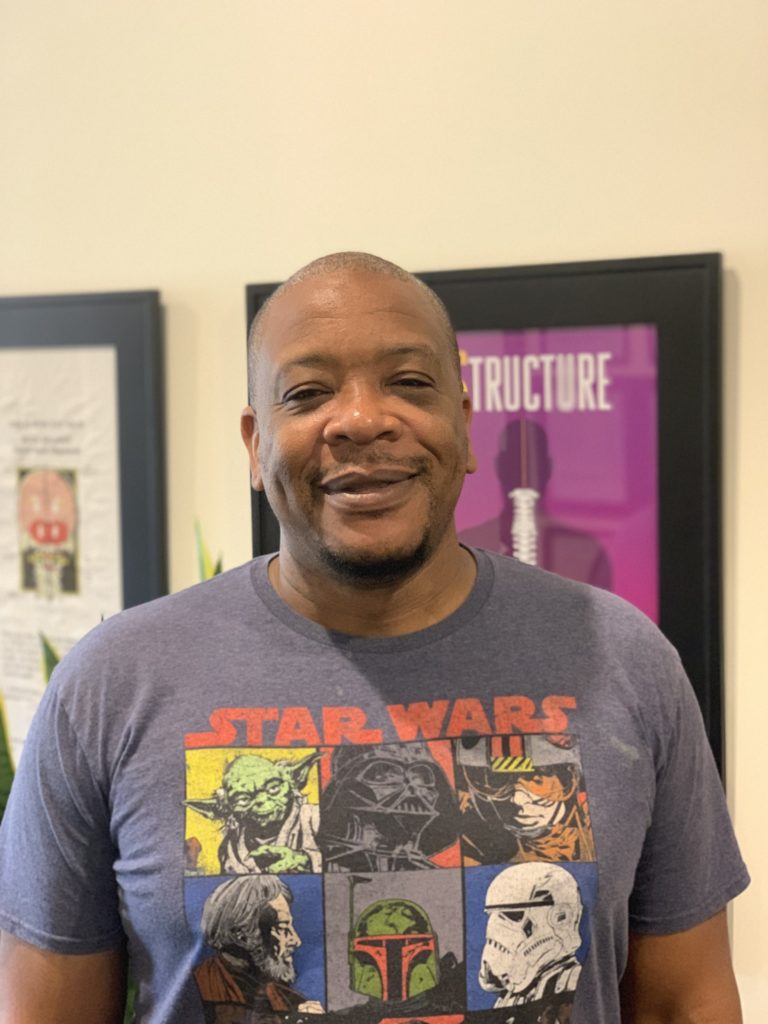
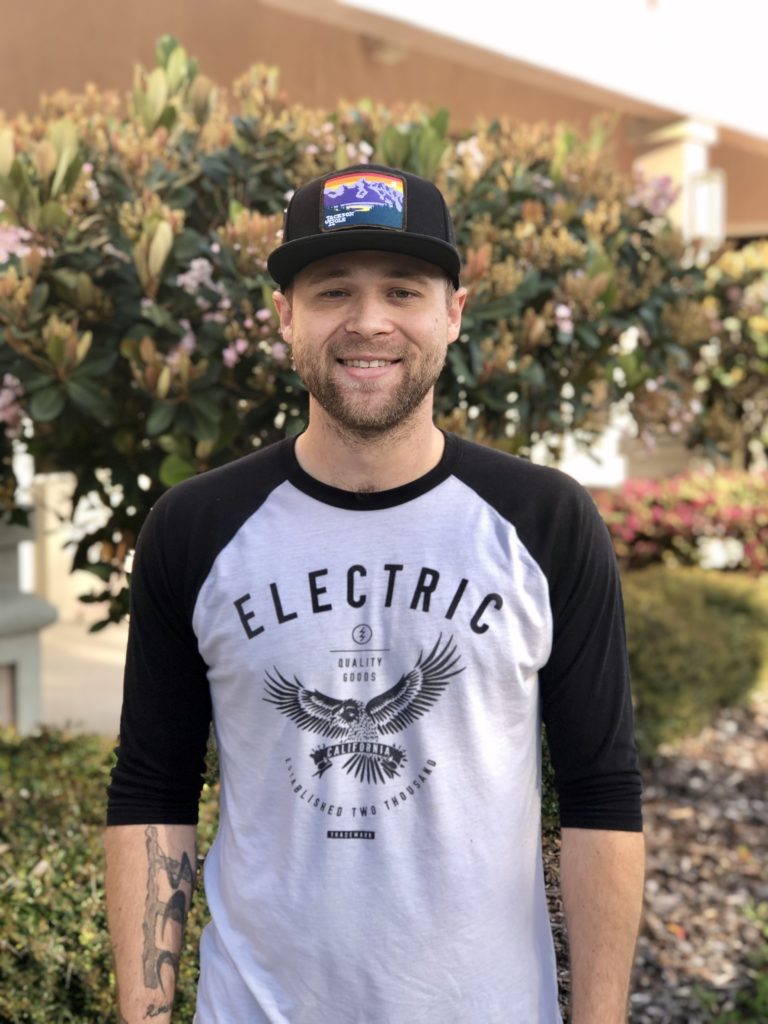
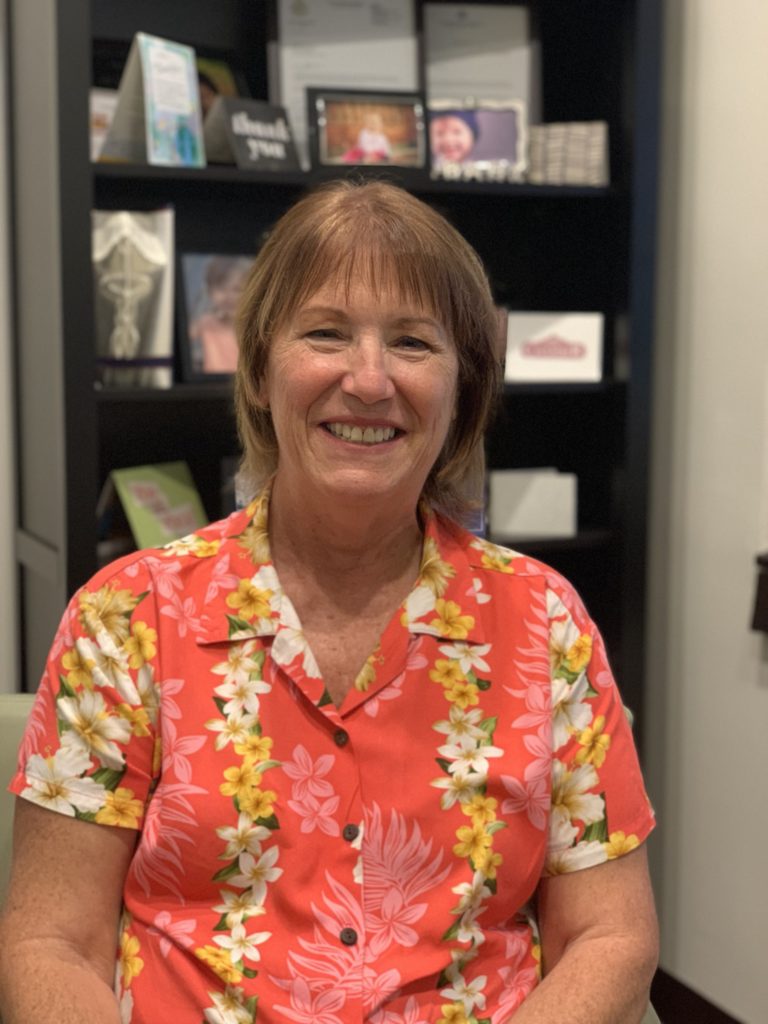
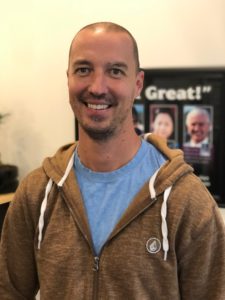
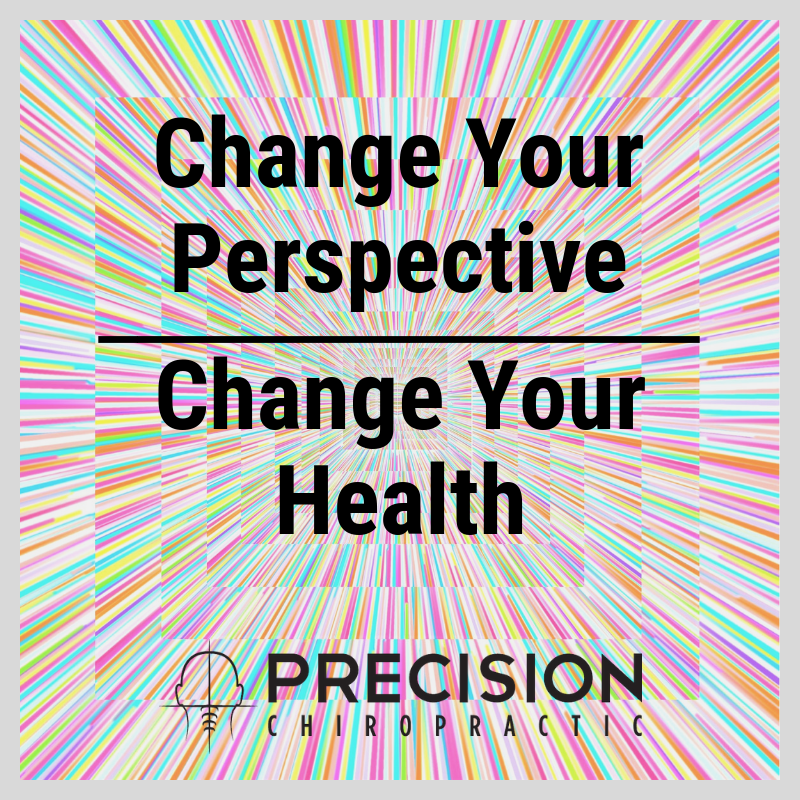


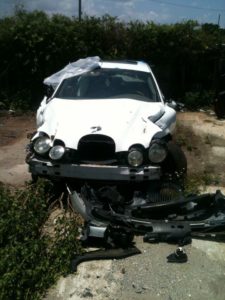
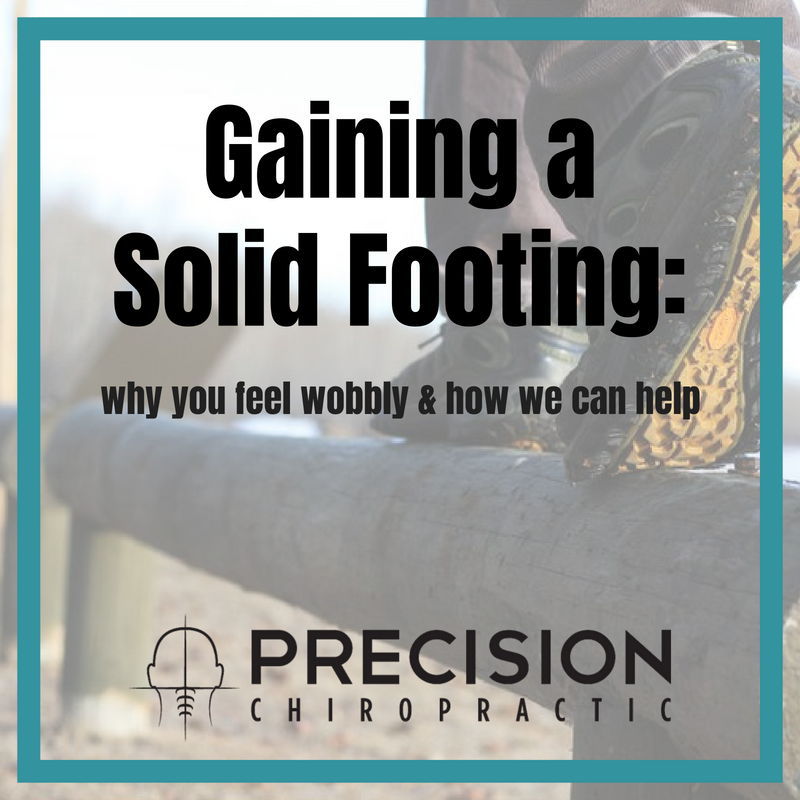 Your balance and equilibrium is a complicated, intricate dance between three sensory systems – the vestibular, the visual, and the proprioceptive systems. The information is aggregated from these systems in your central nervous system where it is used to control the muscles in your spine and body to maintain balance.
Your balance and equilibrium is a complicated, intricate dance between three sensory systems – the vestibular, the visual, and the proprioceptive systems. The information is aggregated from these systems in your central nervous system where it is used to control the muscles in your spine and body to maintain balance.
